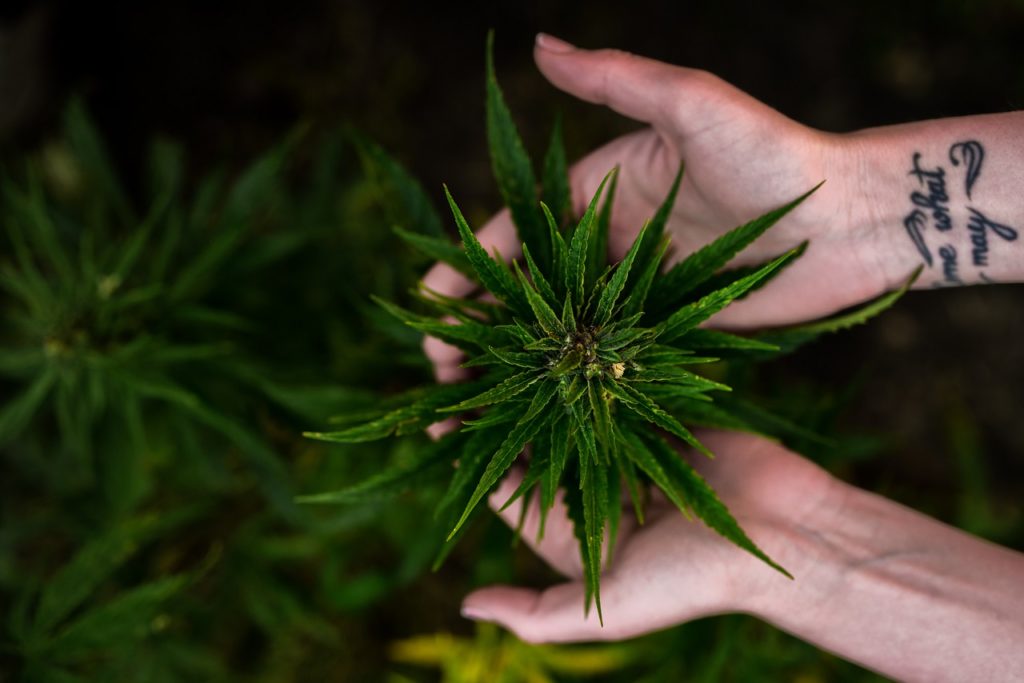One in five Americans has access to legal cannabis after California joined the list of states that allows the trade and consumption of cannabis for recreational use. California, the most populated state in the U.S became the largest market for legal cannabis in the world. The moment is seen by cannabis advocates as the point of no return on the road to decriminalization.
California raised over $600 million through cannabis legalization


The State of California raised $635 million in taxes related to the recreational cannabis industry, legalized through Proposition 64 in 2016. California’s revenue increased by about 35% from 2018 to 2019, contributing to further support and improvements in education and health.
Get to know other companies in the space, connect with potential investors, identify ancillary companies that can help you succeed, attract media attention & build brand awareness. Hemp.im mobile application will help you find the latest marijuana news.
In the 2019-2020 fiscal year expenses with cannabis tax revenues were used for:
- Anti-drug programs for young people (60%).
- Environment (20%).
- Public security allowances (20%).
In the first fiscal year 2019-2020, revenues totaled around $200 million, with an estimated $332.8 million for the fiscal year 2020-2021.
The money is distributed as follows:
- $140.8 million for 11.000 low-income children in child care.
- $44.8 million in public health and safety subsidies in cities that allow free care facilities and medicines for low-income patients (with subsidies only for cities and districts that allow cannabis to be marketed).
- $39.9 million donations to combat illegal growth and the restoration of wild areas.
- $25.3 million in taxes on cannabis intended for activities such as the removal of weapons, methamphetamines, herbicides, river contaminants, etc.
- $37.5 million to help thousands of at-risk young people.
- $30 million in community subsidies for re-investment for social workers.
- $21.8 million for safe roads.
- $57.8 million to license and regulate the cannabis industry.
- $15 million for scientific and political research on cannabis.
- $100 million in local taxes for cannabis businesses such as new parks, police cars and ambulances in California.
California’s cannabis program


California’s two-year program is larger than Colorado’s six-year program, which is another state that has seen its revenue increased considerably after legalization. According to the U.S. channel CNBC’s website, it took the government of Colorado about three and a half years to reach $500 million in the total of cannabis sales revenues, and about two years to double that revenue. Despite this, cannabis sales have contributed to the state’s general reserve funds in addition to education and health care, including mental health services and drug prevention programs for youth.
According to the New York Observer website, economics and psychology researchers at California State Polytechnic University and the University of New Mexico have analyzed sales of prescription drugs that aid sleep disorder in some Colorado countries. Researchers examined the sales data before and after the start of recreational cannabis sales in that state in January 2014. In the years prior to the legalization of cannabis sales, sales increased.
Cannabis therapy
However, it stopped when cannabis was legalized and whenever a drug store opened, sales of over-the-counter drugs remained static and the growth in sales of products that aid insomnia decreased by 236%. The study was published in the journal Complementary Therapies in Medicine. Scientists still can’t explain why cannabis helps with sleep disorders.
However, research has shown that medicinal cannabis can even help and decrease the consumption of prescribed and non-prescribed drugs. Colorado has generated over $1 million in revenue from the cannabis industry alone.
__
(Featured image by davide ragusa via Unsplash)
DISCLAIMER: This article was written by a third party contributor and does not reflect the opinion of Hemp.im, its management, staff or its associates. Please review our disclaimer for more information.
This article may include forward-looking statements. These forward-looking statements generally are identified by the words “believe,” “project,” “estimate,” “become,” “plan,” “will,” and similar expressions. These forward-looking statements involve known and unknown risks as well as uncertainties, including those discussed in the following cautionary statements and elsewhere in this article and on this site. Although the Company may believe that its expectations are based on reasonable assumptions, the actual results that the Company may achieve may differ materially from any forward-looking statements, which reflect the opinions of the management of the Company only as of the date hereof. Additionally, please make sure to read these important disclosures.
First published in CANNA REPORTER, a third-party contributor translated and adapted the article from the original. In case of discrepancy, the original will prevail.
Although we made reasonable efforts to provide accurate translations, some parts may be incorrect. Hemp.im assumes no responsibility for errors, omissions or ambiguities in the translations provided on this website. Any person or entity relying on translated content does so at their own risk. Hemp.im is not responsible for losses caused by such reliance on the accuracy or reliability of translated information. If you wish to report an error or inaccuracy in the translation, we encourage you to contact us.



Comments are closed for this post.